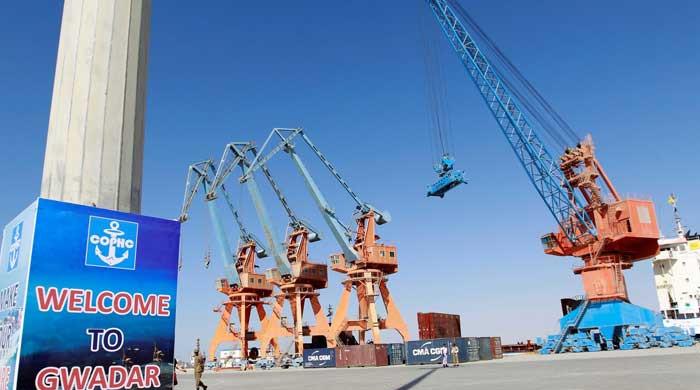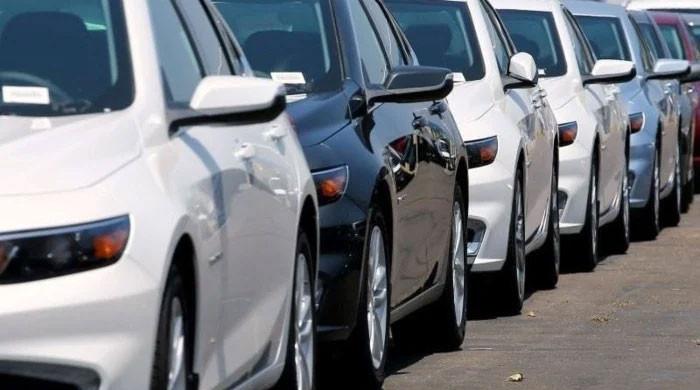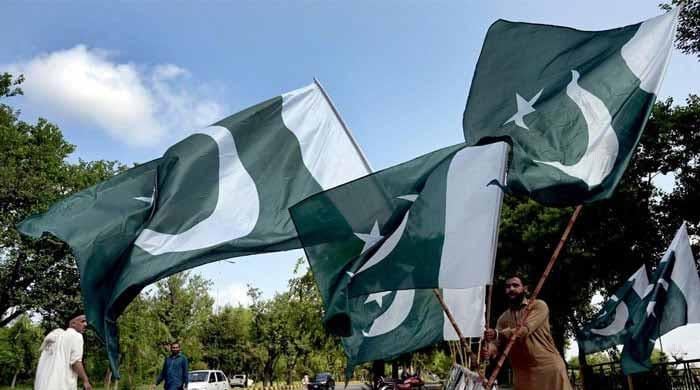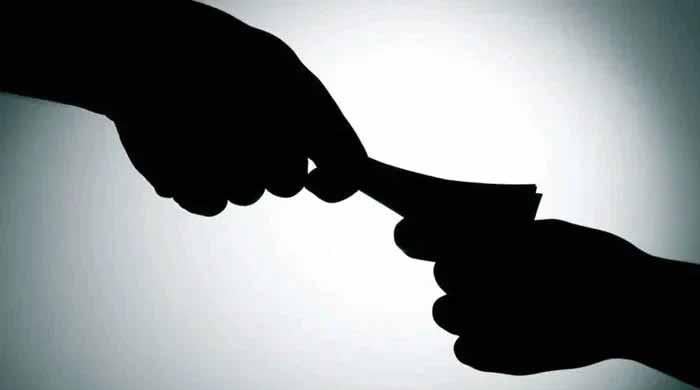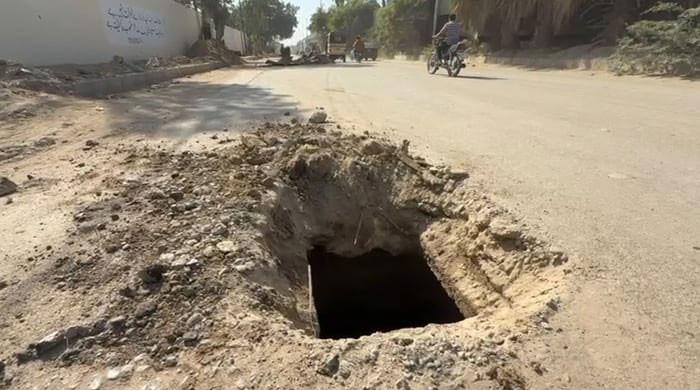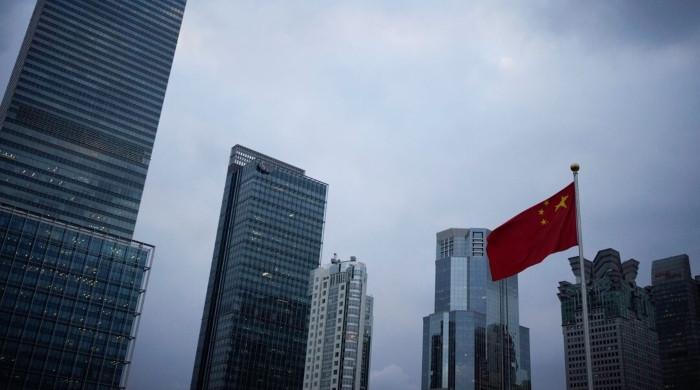Modernisation and tolerance
"This moderation drive cannot end the showdown. But it can help increase tolerance"
January 17, 2018
Before the first dawn of 2018, we witnessed countrywide protests against the government of Iran and the unprecedented arrest of top princes in Saudi Arabia. The Saudi crown prince sidelined almost all the powerful princes, including those who had, over the years, developed close relations with a number of world leaders.
Although Mohammad bin Salman plans to arrest a few more princes and release others who are making settlements, none of these princes have yet to be reinstated to their positions. In a nutshell, the events in Riyadh have strengthened Mohammad bin Salman’s grip on power. For his purge, the 32-years-old crown prince has gained the ‘confidence’ of Donald Trump – who, to him, is the “true friend of Muslims”. On the other hand, Iran – backed by Russia – is also confident about emerging victorious. Hassan Rouhani has the anti-government protests as an opportunity to crush the dissenting voices. So, who has gained or lost in the prelude to the battle that is being fought far from the frontiers of Washington and Moscow?
Over the years, the gulf between Saudi Arabia and Iran has widened to such an extent that any attempt for rapprochement has become a daydream as both sides have accused each other of meddling in internal affairs and trying to control the Muslim world. In this scenario, the emergence of Mohammad bin Salman as the sole heir to the king has raised hopes as well as posed challenges to the regional political equilibrium. The war in Yemen is one of the fronts where the Saudi-led coalition is fighting against pro-Iranians Houthis.
Much to the disappointment of the Saudis, Pakistan – a close ally – was the first country to warn against a guerilla war that, it felt, had no end. Oman also joined the coalition against terrorism. But Oman’s Sultan Qaboos, who brokered the Iran nuclear deal, also opposed the Yemen offensive as his sultanate was the only country other than Saudi Arabia that shares a border with Sana’a. Even if Russia plays a role to defuse the crisis and the Saudi-led coalition find a way out of this situation, the Iranian influence in Yemen will not subside.
In the battlefields of Syria, both rivals have laid claim to victory as some of the strategic and oil-rich areas have fallen into the hands of the so-called opposition forces and – to Iran’s satisfaction – Bashar al-Assad is still in power. Lebanon is another bone of contention as Iran-sponsored Hezbollah has successfully fought along with the Iraqi and Syrian forces. Much to the dismay of Saudi Arabia, the surge in the popularity of the resistance movement became the main factor why Saad Hariri’s resignation bid backfired. It will not be naive to link Hariri’s sudden resignation with US President Trump’s controversial announcement on Jerusalem. By averting the political crisis, Hezbollah has not only gained more ground but has also strengthened itself to support the new Intifada.
Even before January 2016, when Riyadh cut diplomatic relations with Tehran after the execution of cleric Sheikh Nimr al-Nimr, their rivalry was pushing for regional realignment. From the UAE to Kuwait, the three countries facing Iran on the Persian Gulf share many things to the advantage of Riyadh. All of them became a part of the Saudi coalition against Yemen and a member of the Saudi-led Islamic coalition against extremism. However, by tilting towards Tehran, Doha has silently left both and has developed a closeness that was once enjoyed by Kuwait. After losing a long-term ally, Saudi Arabia has tactfully dealt with Iraq by bringing Muqtada al-Sadr into its fold.
The leader of the Sadrist Movement had long enjoyed close ties with Tehran. Pacifying the man who can mobilise millions of followers is clearly a coup de maitre. With Trump on its side, Saudi Arabia is no longer under pressure to ‘share the neighbourhood’ with Iran as was the case under the Obama administration that had signed the Joint Comprehensive Plan of Action. Until the terms of reference are finalised and important members commit to their unwavering active support for the coalition, it is unlikely that Saudi Arabia will take definitive action against Iran as the situation in Yemen is an eye-opener.
Meanwhile, it will be interesting to see how both countries will make ideological conquests. As Daesh is forced to move away from countries that are close to the European frontiers, Muslim countries should also make sure that no extremist elements in their society can open a so-called franchise. Owing to the crown prince’s efforts, Saudi Arabia is, after four decades, going to witness women driving heavy bikes to watch a movie in ultra-modern cinemas or to cheer their favourite soccer players.
The country was never as modern as Iran had been in the 1960s and the 1970s. Riyadh only took refuge in more orthodox ideology when Tehran was ‘revolutionised’ by Ayatollah Khomeini and a race to export their ideologies began. The new crown prince wants to restore Islam to what it was during its origins.
It will be of much interest for Muslims across the globe to see how Mohammad bin Salman reforms the educational system in his country. If the stated goals are achieved, the modernisation drive will have the potential to give Saudi Arabia a more liberal face. It can also trigger Iran to follow suit – as is evident by Tehran’s initiative of softening the stance on women covering heads. This moderation drive cannot end the showdown. But it can help increase tolerance.
The writer is a senior journalist associated with Geo News
Email: [email protected]
Note: The views expressed by the author do not necessarily reflect the official policy or position of Geo News, The News or the Jang Group
Originally published in The News




